The Truth Behind PICNIC AT HANGING ROCK. A Mystery Decoded
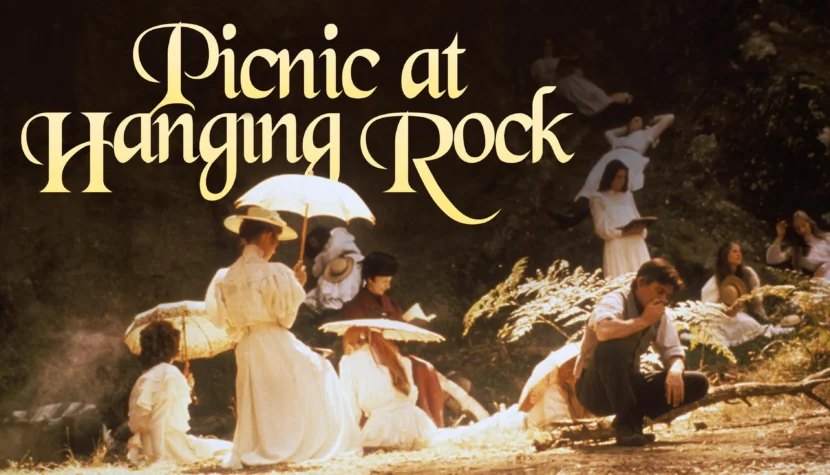
The Australian novel, translated into many languages, and its famous film adaptation are just the tip of the iceberg.
Picnic at Hanging Rock continues to inspire. There have been film, theatrical, and radio adaptations; numerous paraphrases of its motifs, scenes, and even “picnic” scenery in other movies, music videos, photoshoots, and more. As if that weren’t enough, a six-episode miniseries based on the same themes debuted in 2018 (featuring Natalie Dormer, known from Game of Thrones and The Tudors). No matter the medium, every story about the participants of the Picnic at Hanging Rock leaves a mark on the collective imagination. It’s worth investigating how much of this mysterious, decades-old tale is fact and how much is fiction.
The Plot of Picnic at Hanging Rock
Young girls in an elite, isolated boarding school dream of great romance. It’s Valentine’s Day, the perfect day for a picnic. Blissful relaxation, hearty meals, unhurried conversations, and a siesta in the lap of nature. The scorching sun induces a lethargic state.
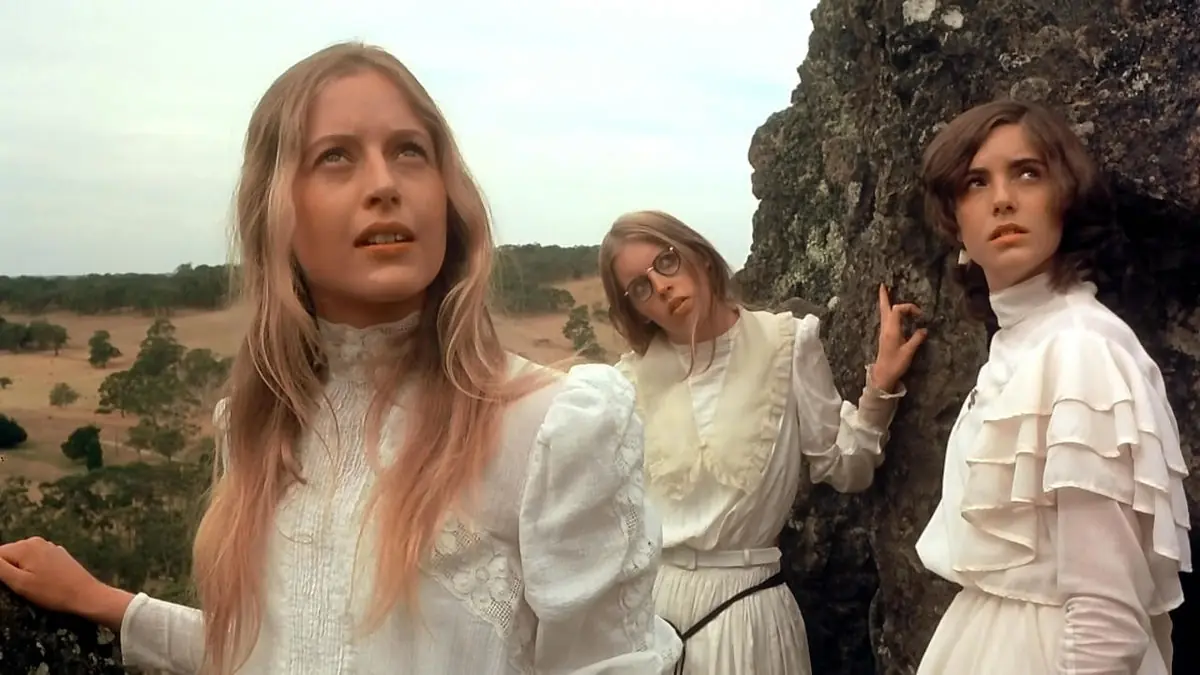
With permission from their supervisors, four of the dozen or so girls wander off to explore Hanging Rock – a million-year-old volcanic rock formation. The rocky monolith seems to draw them in, almost supernaturally. It hypnotizes them, guiding their steps. About halfway to the summit, weary, they lie down on the flat rocks and fall into a cataleptic sleep. When they wake, one of them refuses to continue, wanting to return to the campsite. The others, ignoring her protests and in a peculiar trance, climb higher, where their trail vanishes forever.
As the picnickers prepare to return to the boarding school, they discover that not only have the students disappeared without a trace but also their math teacher. No one noticed her leaving the group; everyone was dozing off.
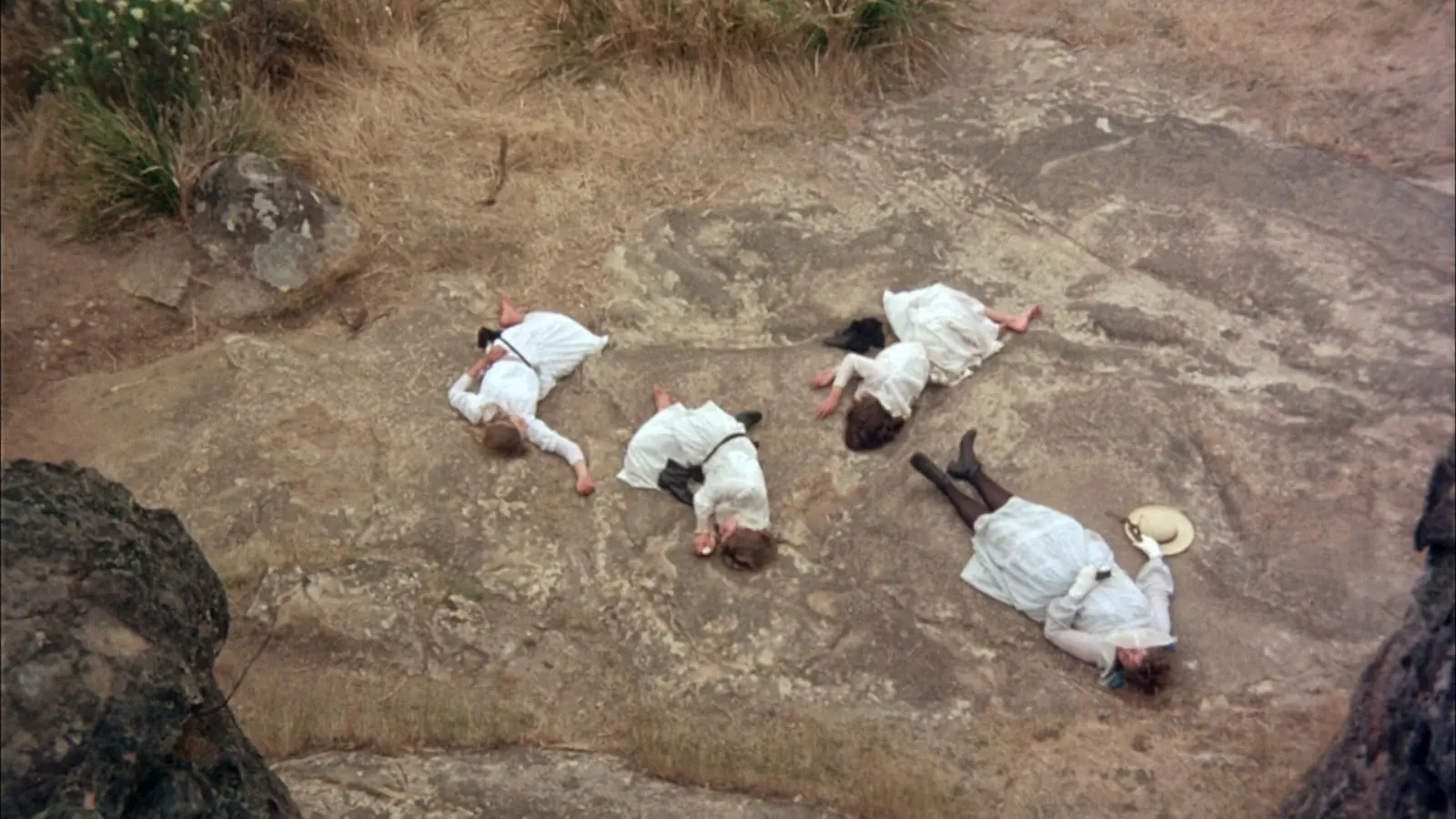
The search yields no results. To everyone’s surprise, over a week later, one of the girls is found by chance. Apart from a few bruises and scratches, she is in astonishingly good physical condition. However, she suffers from amnesia. She cannot say where her friends are or what happened to her during those days. This is just the beginning of a series of tragic events. Fate ensures that several more people will lose their lives under dramatic circumstances.
Joan Lindsay‘s Novel
Joan Lindsay’s prose is a unique read. Although the book was written in the 1960s, its sentimental style, distinctive form, and language perfectly correspond with the atmosphere of the late Victorian era, the period in which the novel’s plot is set. While some may find the detailed and extensive descriptions of objects, places, and people tedious, the author undeniably possesses a talent for narration. She subtly but effectively builds an atmosphere of mystery and mounting horror.
Reading Lindsay’s novel, it’s hard not to feel that Peter Weir had a wonderfully cinematic source material just begging to be adapted.
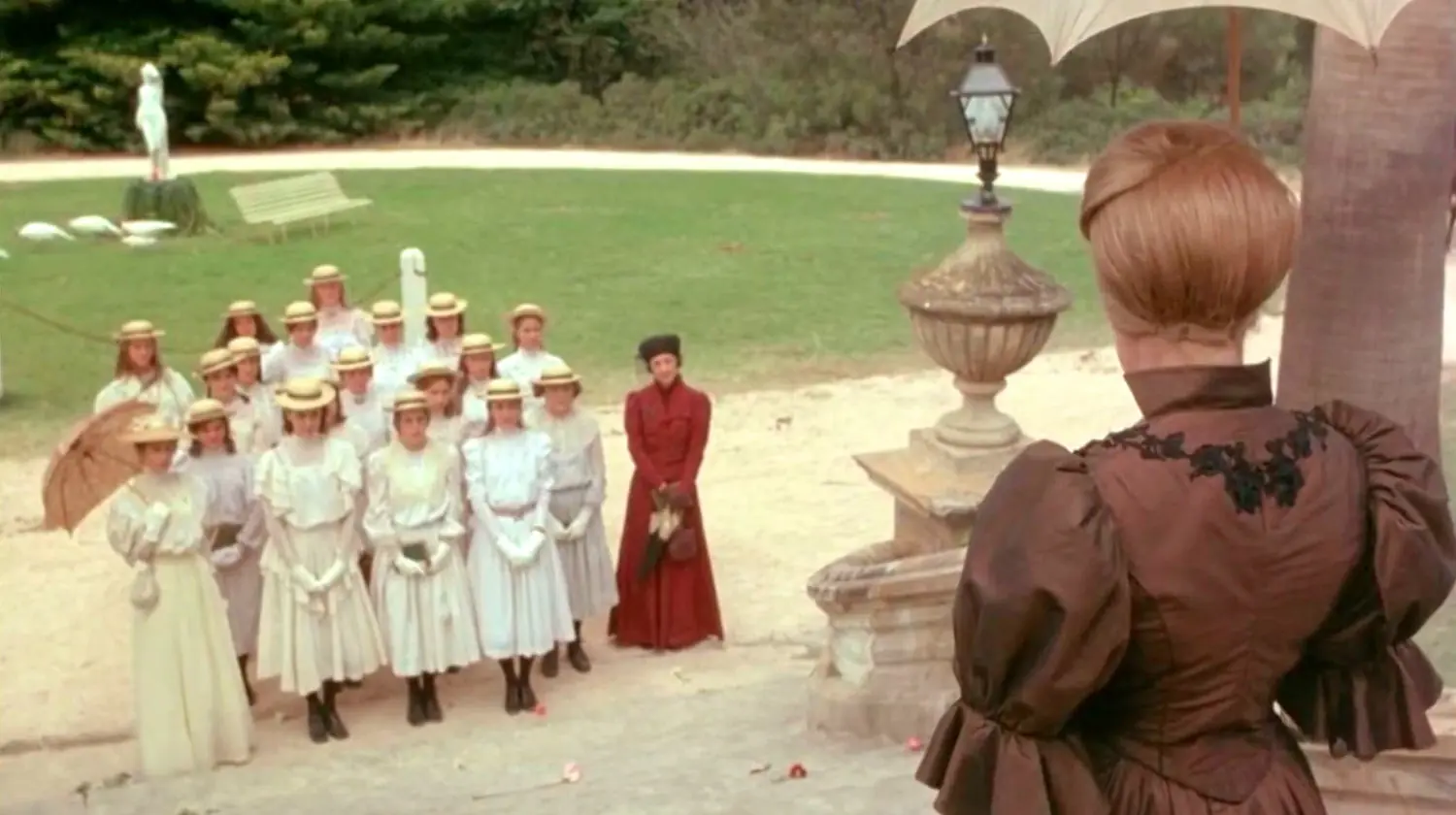
Isolated from natural contact with the earth, air, and sun by corsets compressing the solar plexus, voluminous skirts, cotton stockings, and kidskin shoes, the sleepy, well-fed girls resting in the shade were as much a part of their surroundings as figures from a photograph album, artificially posed against a backdrop of cork rocks and cardboard trees.
The scenery described by the Australian author came to life on screen. The filmmakers masterfully used light and shadow to capture the picturesque beauty of the Australian wilderness in the smallest detail. The screenwriter transformed some of Lindsay’s descriptions into monologues spoken by the characters, such as Miss McCraw’s lecture on Hanging Rock, its origins, structure, age, etc.
On the back cover of the book, there’s an inscription: A novel based on true events by the Australian writer… It’s hard to dismiss this as a mere printing error. In the general consciousness of readers, viewers, and evidently, even publishers, Lindsay’s novel is considered a record of authentic historical events, though this isn’t the case…
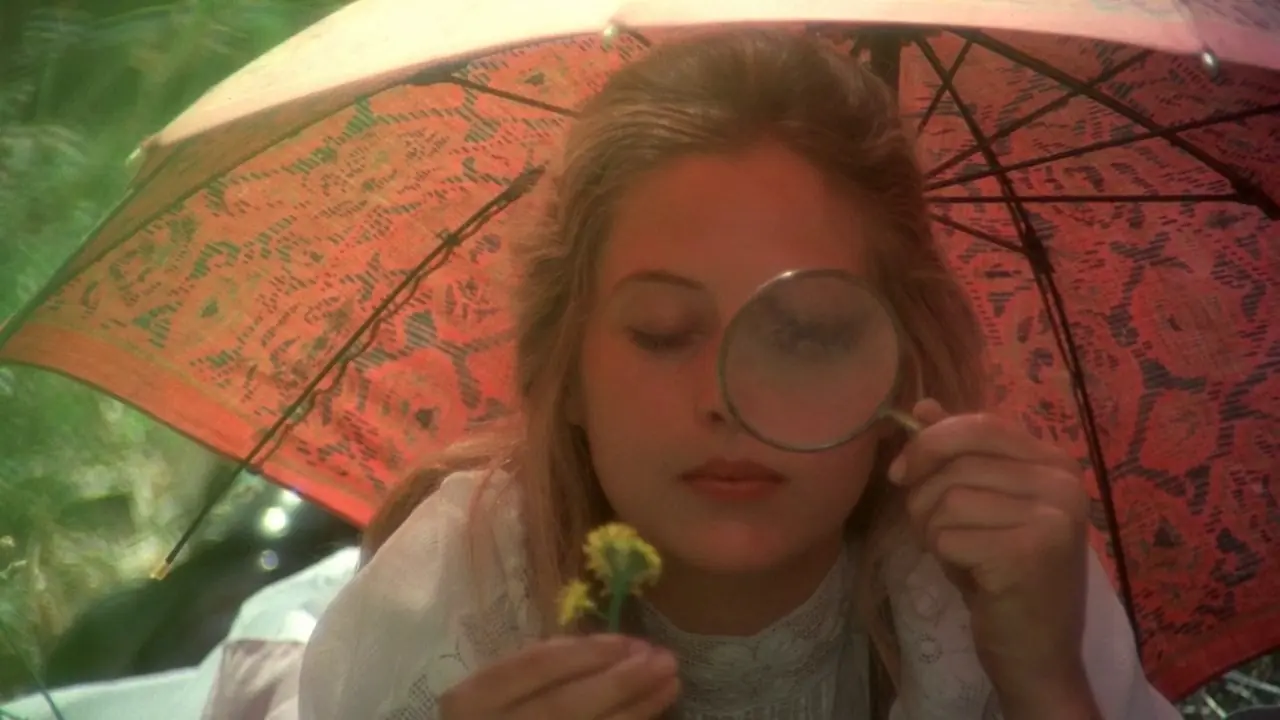
It’s also intriguing that the original manuscript had eighteen chapters, but the publisher advised the author to omit the final chapter, leaving the story more open-ended and enigmatic. This final chapter was published posthumously.
Peter Weir’s Film
Weir’s film (later the creator of The Truman Show and Dead Poets Society) has a distinctive structure. Before immersing ourselves in the dreamlike world of the cinematic Picnic at Hanging Rock, the screen displays a somber message, making us believe that the events about to unfold actually happened.
On Saturday, February 14th, 1900, a group of students from Appleyard College went on a picnic to Hanging Rock near Mount Macedon in the state of Victoria. That day, several of them disappeared without a trace.
Similarly, the words spoken in the film’s final scene suggest that the mystery of Hanging Rock is a phenomenon that has remained unsolved for decades. But the question is, is there even anything to solve? Is there a grain of truth in the events presented in the book and later in the film?
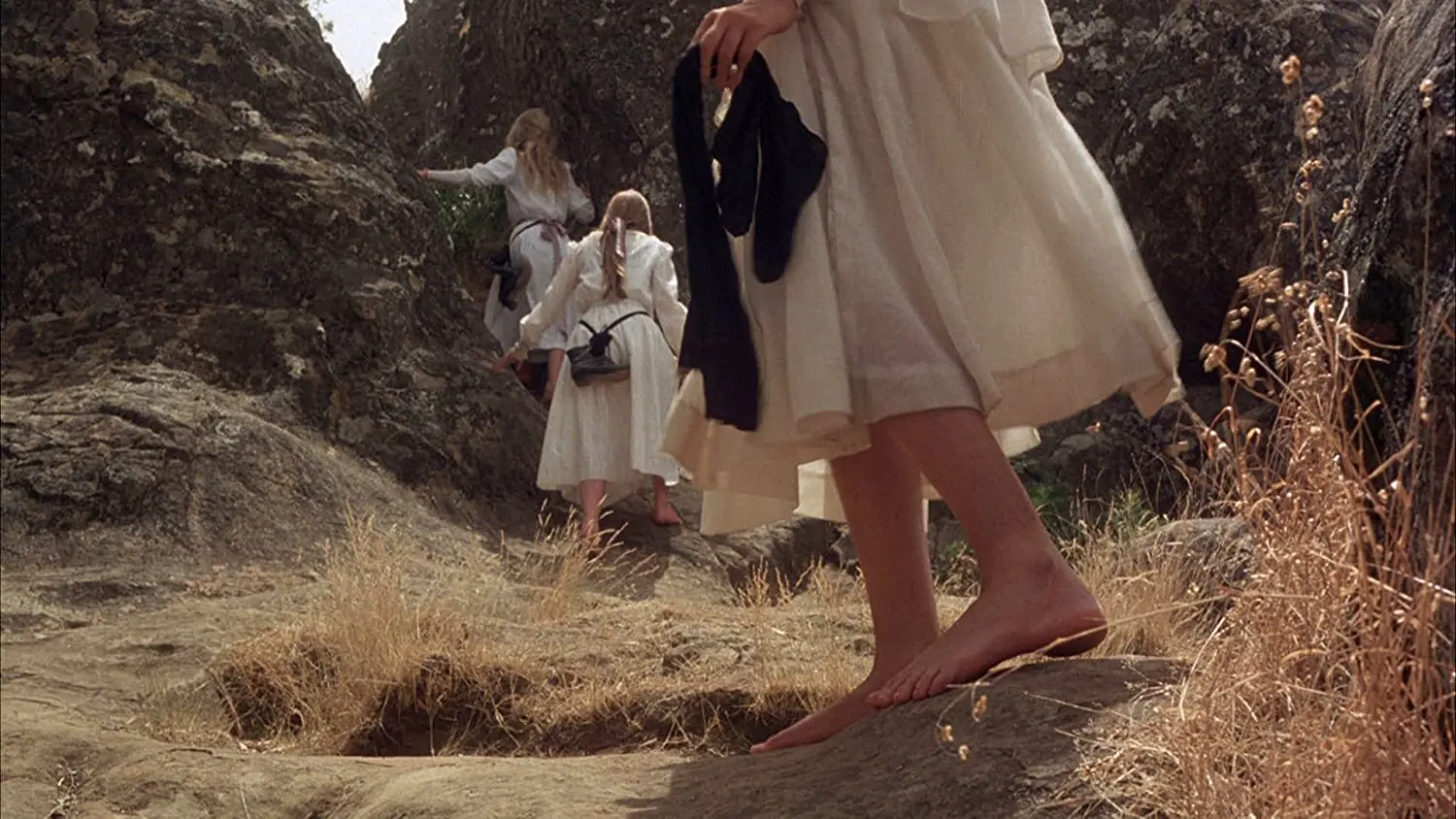
The Picnic at Hanging Rock film adaptation is filled with beautiful, stylized, and poetic shots that, combined with music (excerpts from classical music and compositions played on the pan flute), hypnotize and lull, but it’s a sleep that sharpens the senses, making you feel as if you’re penetrating the film’s world. A world that is seemingly calm and idyllic. Beneath the surface lurk brutality, fear, and helplessness.
Weir’s adaptation stays true to Lindsay’s prose, although the director omits some threads and details, emphasizing what is essential to his vision of the world. The film is infused with a certain mysticism but doesn’t include even half of the supernatural phenomena that Lindsay described. Mysterious red glows in the sky, inexplicable natural phenomena, terrifying hallucinations, the characters’ dreams and visions, their strange premonitions… For instance, the scene of a collective hysteria during a gym lesson is far more impactful in the literary version than in the film:
The ranks parted in silence, the shuffle of sneakers on the sawdust-covered floor. The teacher looked with a heavy heart at the uplifted faces. Fourteen pairs of eyes were fixed on something beyond her, something beyond the whitewashed walls. It was a glassy, inward look, the gaze of sleepwalkers (…) they saw the gymnasium walls become transparent, the ceiling opening like a flower towards the bright sky over Hanging Rock. The shining shadow of the rock flowed like water across the glittering plain, and they were at the picnic again (…). One of the younger girls, recalling the words from the Bible about bodies of the dead being filled with crawling worms, began to vomit violently (…). Edith started screaming loudly. Mademoiselle, recognizing the familiar hyena-like sounds of hysteria, approached the edge of the platform with a pounding heart (…) Amidst the growing uproar echoed the laughter of evil (…) The hysterical schoolgirls with faces twisted in frenzy, their hair disheveled, their hands like claws.
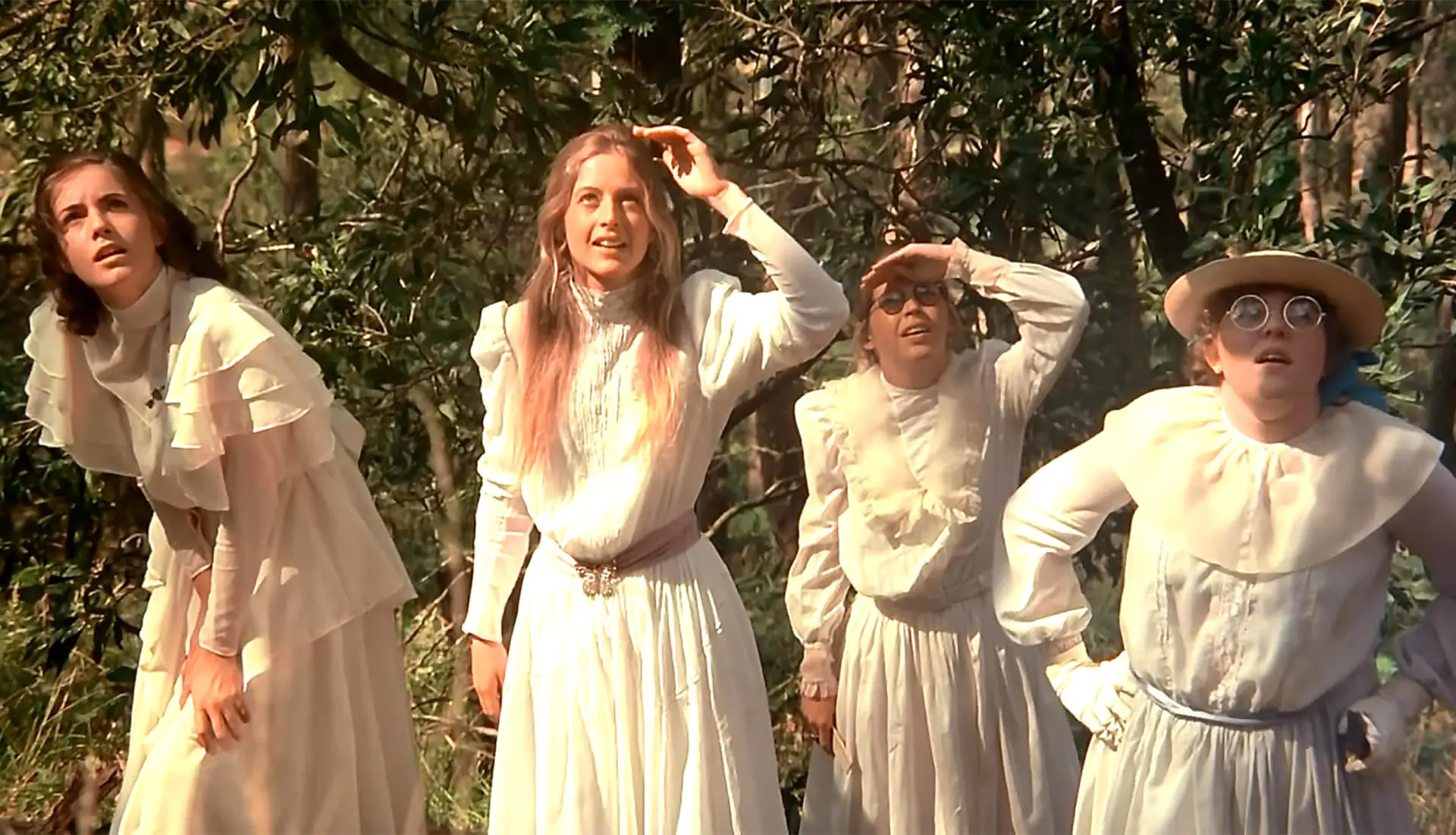
Reading Picnic at Hanging Rock provides many unsettling experiences. The novel not only raises more questions and hypotheses but at times is much more explicit and macabre than the film version. However, ultimately, the movie dominated my imagination. The impressions from reading the novel prove fleeting, while the meticulously crafted film frames have etched themselves into my memory as vividly as real experiences.
It’s worth noting that both the book and film can be interpreted in different ways. You’ll find a fascinating, philosophically grounded interpretation of the cinematic Picnic at Hanging Rock, and an analysis focusing on the theme of repressed sexuality. Did the director place clues about his own interpretation in the film? Perhaps in Miranda’s words: Everything begins and ends at the right time and place.
Picnic at Hanging Rock – A Modern Mythology
Australia is a continent where many people have disappeared without a trace. Vast, unexplored areas far from civilization create an environment where it’s easy to get lost. At the beginning of the 20th century, it was certainly not difficult to disappear there, especially for newcomers from England who were unfamiliar with the territory, much like the characters in Picnic at Hanging Rock. However, contrary to frequent suggestions, this story was not inspired by any specific, historically documented case of disappearance.
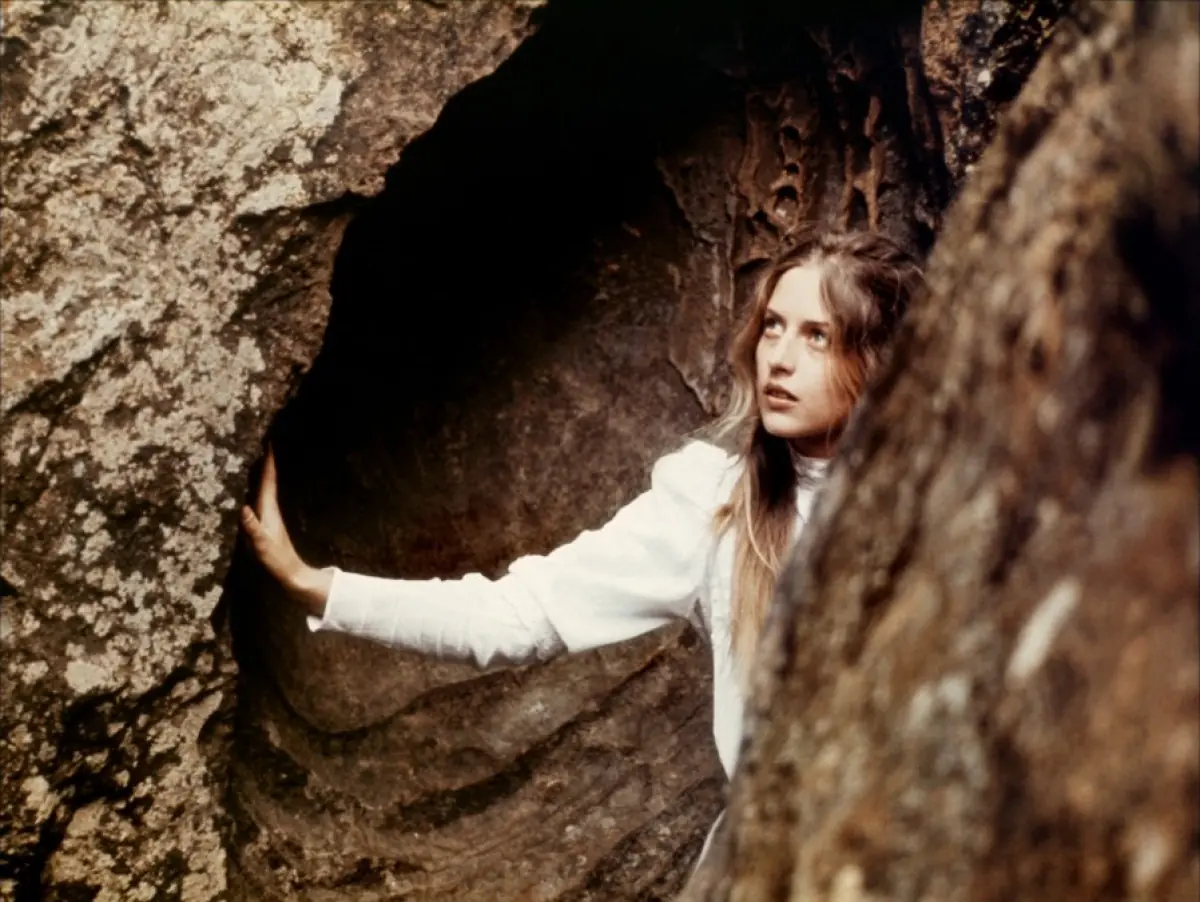
In Lindsay’s novel, there are excerpts from letters and press snippets. None of the Australian newspapers published the articles mentioned by the author—they were fabricated as part of the literary fiction. The locations mentioned in the novel, such as Hanging Rock and the town of Woodend near Melbourne, do exist, but the elegant ladies’ school, Appleyard College, never did. The mysterious events of 1900 must be regarded as a work of imagination.
Published in 1967, the novel about the tragedy at Hanging Rock sparked widespread interest, and many believed it to be true. Today, it’s a cultural phenomenon, an element of contemporary folklore, a legend that exists in the collective consciousness as something that could have happened. The author herself, although unable to prove it, maintained for a long time that her book described real events. When inquisitive journalists debunked this notion—for instance, pointing out that Valentine’s Day in the described year fell on a Wednesday, not a Saturday—she reportedly responded by saying, Fiction and truth always intertwine closely.
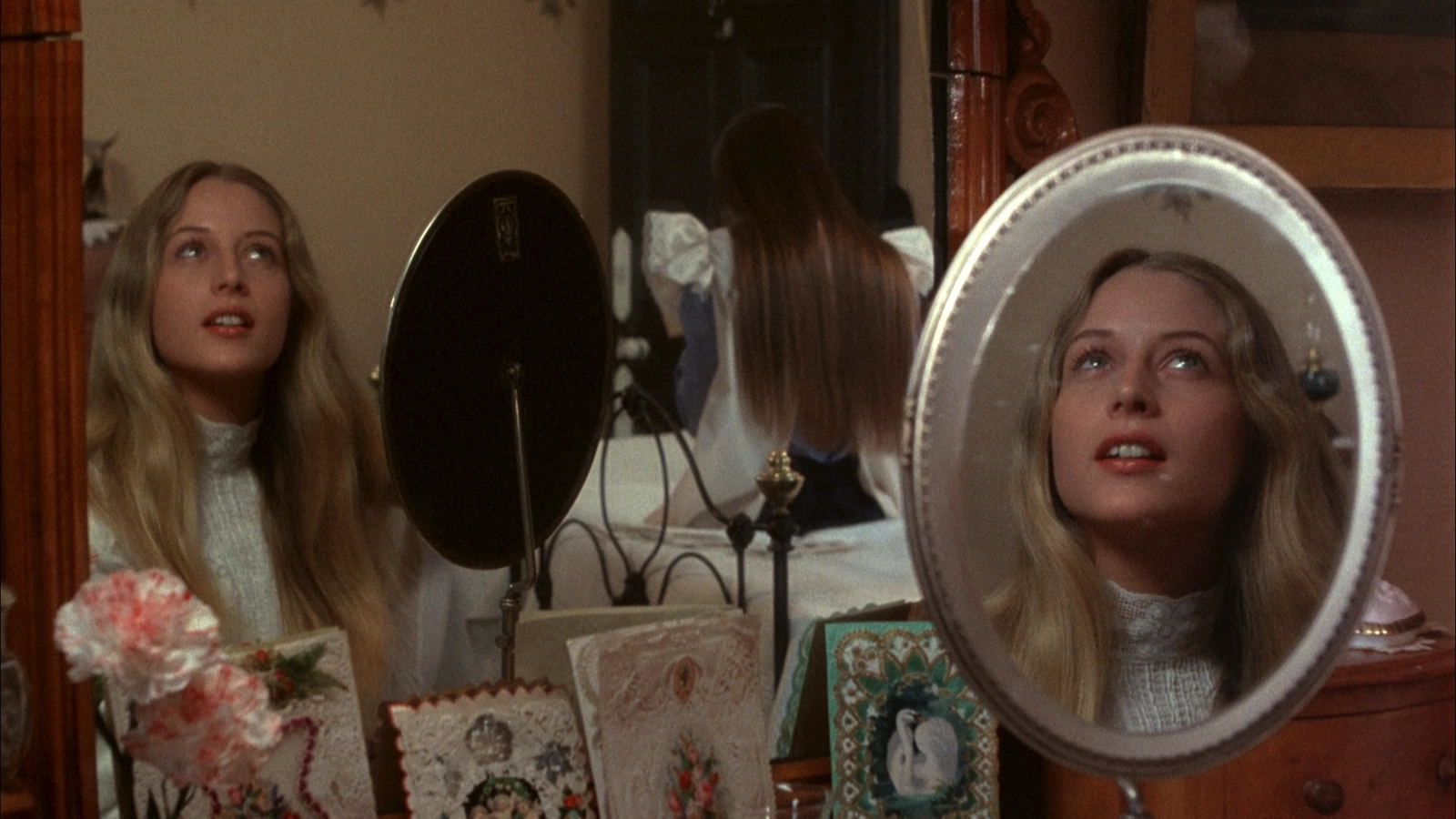
There was speculation that Lindsay might have been inspired by an oil painting by William Ford, which adorned her husband’s study. The painting depicts a group of about a dozen people resting in a forest near a rocky massif, a nearly identical scene to one that can be found in Peter Weir’s film adaptation from the 1970s.
Years later, Lindsay revealed that the story had come to her in a series of dreams, unfolding in her mind like a film in episodes. She decided to capture this incredible experience in her writing.

Everyone agreed that it was a perfect day for a picnic at Hanging Rock. With these words, Joan Lindsay’s novel begins. The film adaptation opens with a different quote, a paraphrase of the final two lines from Edgar Allan Poe’s poem. From the off-screen narration, we hear the words: What we see, and what we seem, are but a dream. A dream within a dream. In light of what the author shared about the origins of her mysterious novel, these words take on new meaning. Is truth an illusion, and is life a mere illusion?

